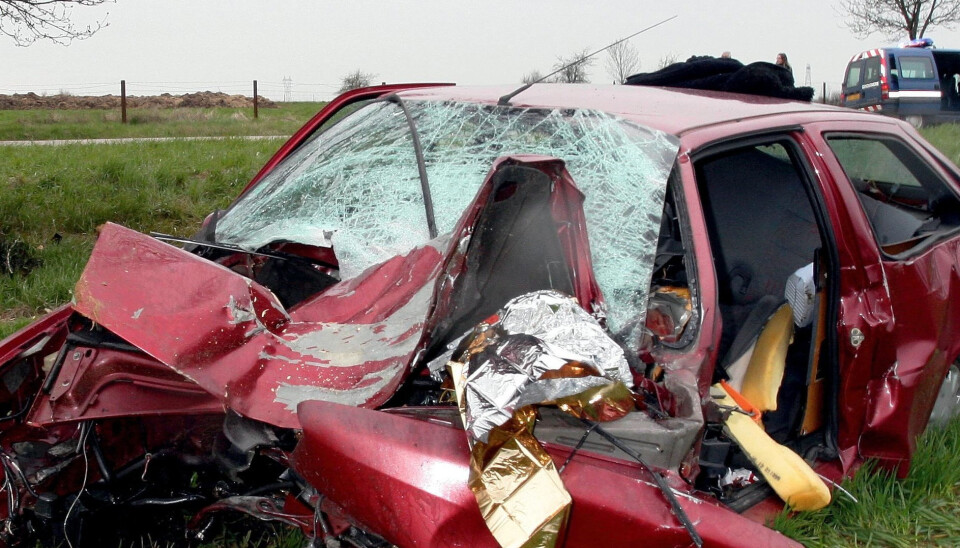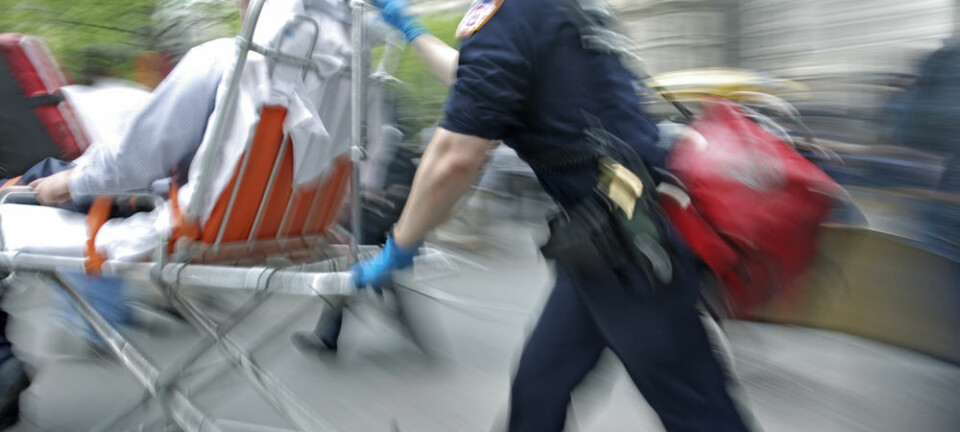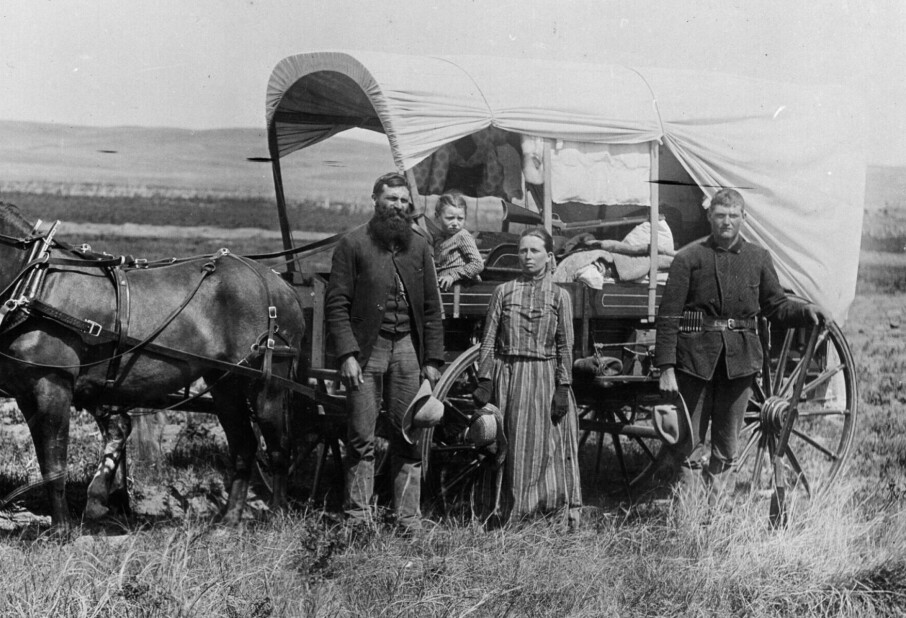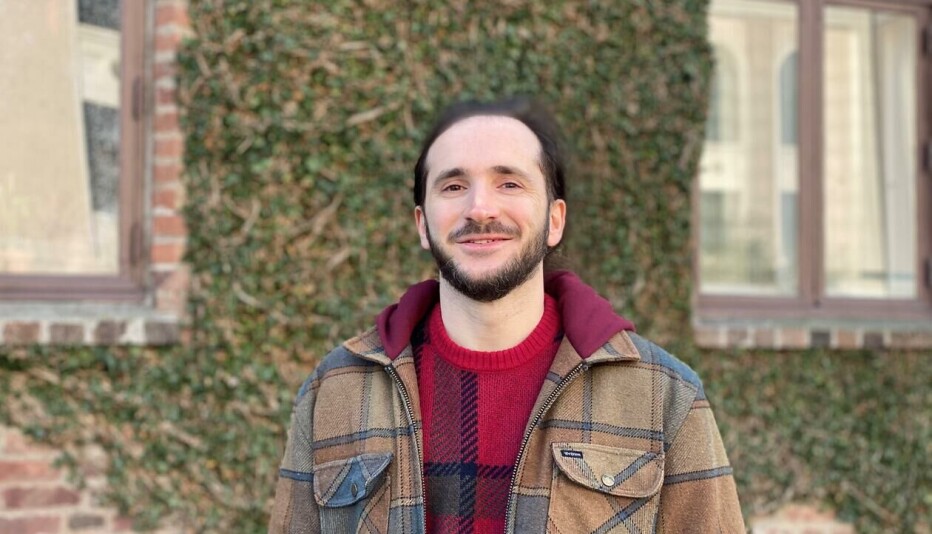
Talking can help heal crash victims
Patients admitted to casualty wards are less prone to develop post-traumatic stress, anxiety and depression if followed up with nurse-led therapeutic interventions.
Denne artikkelen er over ti år gammel og kan inneholde utdatert informasjon.
Patients who engaged in follow-up discussions after their trauma had fewer symptoms of depression, felt more optimistic and functioned better in their daily lives. Those were the findings of Laila Skogstad, a Norwegian researcher and psychotraumatologist, in her recent doctoral dissertation.
Skogstad assessed post-traumatic stress symptoms after accidents and injuries – and the benefits of therapeutic talks between victims and nurses.
Skogstad focused her research on conscious patients at the emergency ward of Oslo University Hospital, mainly traffic accident victims.
Some 35 patients participated in up to six conversations lasting about an hour each.
These interventions were staged from one to three months after the accidents occurred.
Follow-ups should be provided
Skogstad thinks hospitals should try to identify the individuals who appear to be experiencing psycho-social challenges. These challenges can also be seen in people whose injuries are less severe. She argues that all vulnerable patients should be given follow-up services.
“There are no provisions like this right now, but out-patient interventions that address psycho-social challenges after an accident or injury should be tested,” says Skogstad.
“Injured patients can currently be helped to professionals in the hospital if they appear to be struggling psychologically, or if they have expressed a need for talks,” she explains.
But quite a few who have had lighter injuries leave the hospital after a few hours or a day of observation.
“These patients are not referred to professionals afterwards unless someone sees an acute need at the time.”
Didn’t prevent flashbacks
Skogstad shows in her study that patients can benefit from psychological interventions with emergency ward nurses, even if this help doesn’t reduce many of the symptoms of post-traumatic stress disorder (PTSD).
“Although patients who had fewer symptoms of depression, increased optimism and better functioning in daily life also perceived that they had improved, the talks didn’t curb avoidance behaviour or flashbacks linked to the accident,” she says.
Post-traumatic stress, anxiety and depression are ailments that plague many accident victims afterwards, even though they may not be severe enough for a diagnosis of PTSD.
Although many of the participants in Skogstad’s study may have only been lightly injurrf, the experience of their accident had been frightening.
“Part of the reason for studying this was that we know quite a few of these accident victims have problems. Patients are not followed up sufficiently. Some might simply discuss their problems with their family doctors. Others may need additional follow-up and should be referred to psychiatric centres.”
“These centres prioritise the more acute psychiatric needs, such as psychotic or suicidal patients. But if we can provide early interventions we can also prevent trauma patients them from developing bigger problems,” says Skogstad.
70 percent back to work within a year
Half the patients in the study were still suffering PTSD a month after the accident.
After a year, one in four patients had the same level of symptoms or higher.
Nevertheless, a year after their accidents 70 percent were well enough to be back to their previous level of working or studying.
A year after their accident, increased levels of stress were more prevalent among persons with little education, or who were unemployed or not getting an education, as well as those with more obvious mental health problems.
Other factors that can explain stress are shocking emotional or sensory experiences that are linked to the accident or the hospital.
Reference:
Laila Skogstad. Post-traumatic distress after physical injury: Course, Predictors, and the Effect of a Nurse-led Psychological Intervention. Doktoravhandling, Universitetet i Oslo, 2013.
-----------------------
Read the Norwegian version of this article at forskning.no
Translated by: Glenn Ostling

































